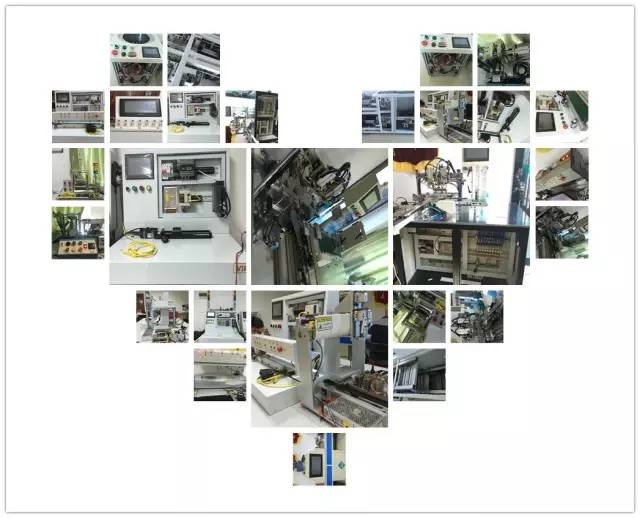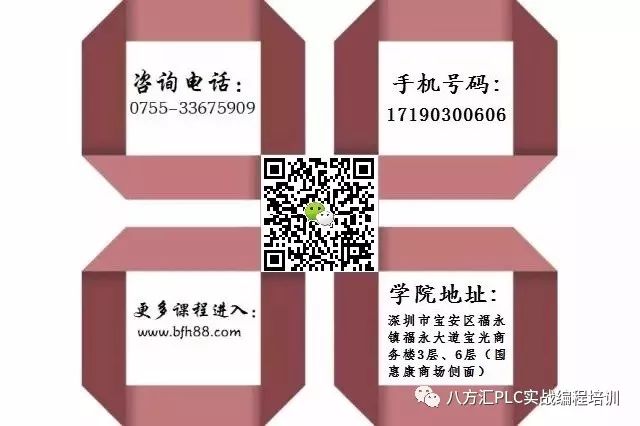
RS-485 is a wired transmission, so it requires a hardware transmission medium, which is essentially just two wires. The actual signal transmitted on these two wires is the same; the sender splits this signal into two, but at the receiving end, it is restored to its original form. The advantage of this method can be compared to RS-232; RS-232 also requires two wires, and often a ground wire, making it three wires (we won’t consider the ground wire here). Of the other two wires, one transmits the data signal, while the other transmits the clock signal. The signal is sent exactly as it is from the sender, and the receiver processes it in the same way. Therefore, the RS-485 receiver can cancel out the interference introduced during transmission, while the RS-232 receiver cannot. This is why RS-485 has strong anti-interference capabilities and can transmit signals over thousands of meters, while RS-232 can only transmit over several meters.
MODBUS is just one type of communication protocol, similar to how Chinese and English are languages; it is a language for communication between machines. Before communication, there must be a bridge for communication, which is the transmission medium, such as RS-485, RS-232, or other electrical rules. The same protocol can use different transmission mediums like RS-485 or RS-232, but two different protocols cannot exist on the same transmission line simultaneously.
Generally, we use the RS-485 interface for Modbus communication.
RS-485 communication generally has a length of 1200 meters. When this length does not meet usage requirements, fiber optics may be introduced as the transmission medium, although this connection method seems difficult to establish. The best way is to connect Modbus communication to an Ethernet and then transmit data through fiber optics via the Ethernet.
RS-485 has the following characteristics:
1The RS-485 interface uses a combination of balanced drivers and differential receivers, enhancing common-mode rejection capability, which means good noise interference resistance.
2First TitleThe standard maximum transmission distance for the RS-485 interface is 4000 feet, but it can actually reach 3000 meters. Additionally, the RS-232-C interface allows only one transceiver to be connected on the bus, meaning it has a single-station capability. In contrast, the RS-485 interface allows up to 128 transceivers on the bus, providing multi-station capability. This allows users to easily establish a device network using a single RS-485 interface. Due to its good noise immunity, long transmission distance, and multi-station capabilities, RS-485 is the preferred serial interface. The half-duplex network formed by RS-485 generally only requires two wires, so RS-485 interfaces use shielded twisted pair cables for transmission. The RS-485 connector uses a DB-9 nine-pin plug, which connects to the DB-9 (hole) of intelligent terminal RS-485 interfaces, and the keyboard interface connected to the keyboard uses a DB-9 (pin).
3First TitleThe electrical characteristics of RS-485: Logic ‘1’ is represented by a voltage difference of + (2-6)V between the two wires; Logic ‘0’ is represented by a voltage difference of – (2-6)V. The interface signal level is lower than that of RS-232-C, making it less likely to damage the interface circuit chips, and this level is compatible with TTL levels, making it easy to connect with TTL circuits.
4The maximum data transmission rate of RS-485 is 10Mbps.
[Industrial Robot Programming Wisdom] Hot Registration! (Includes: The most comprehensive introduction to domestic and foreign robot brand performance)
Original content | Student sharing | FX5U series module specialized instructions
Original content | Student sharing | Introduction to PLC scanning cycle and pulse input signal processing


Reply with “Name + Phone” to secure a seat, limited availability, act now!!!

BFH
Training Courses:
Practical Mitsubishi PLC Programming, Practical Wecon Touch Screen Programming, Practical Encoder High-Speed Counter Course, Practical Inverter Programming Applications, Practical Stepper Motor Programming Applications, Practical Servo Motor Programming Applications, PLC Touch Screen Decryption Course, etc. Course content includes a complete set of processes handled by engineers, and also includes technical support provided to students after they become engineers. In special cases, tutors can provide on-site service.
Free Courses Offered:
Electromagnetic Valve Application Course,
Electrical CAD Drawing Course,
Control Box Wiring Wisdom,
Electrician Remedial Course,
Computer Quick Application Course,
Electrical Engineer Interview Course,
Electrical Engineer Career Wisdom,
Personal Tutoring for Electrical Engineers Course
Free Courses Offered:
Electrical Automation Selection Course,
Automation Programming Salon (updated weekly),
Automation Project Development,
Proficient Learning of Stepper Motors, Servo Motors
and other motion control. Dozens of real devices
for hands-on practice help students quickly become engineers; learning skills should not only be theoretical,
but also practical combined with theory,
the goal is to make students engineers.


